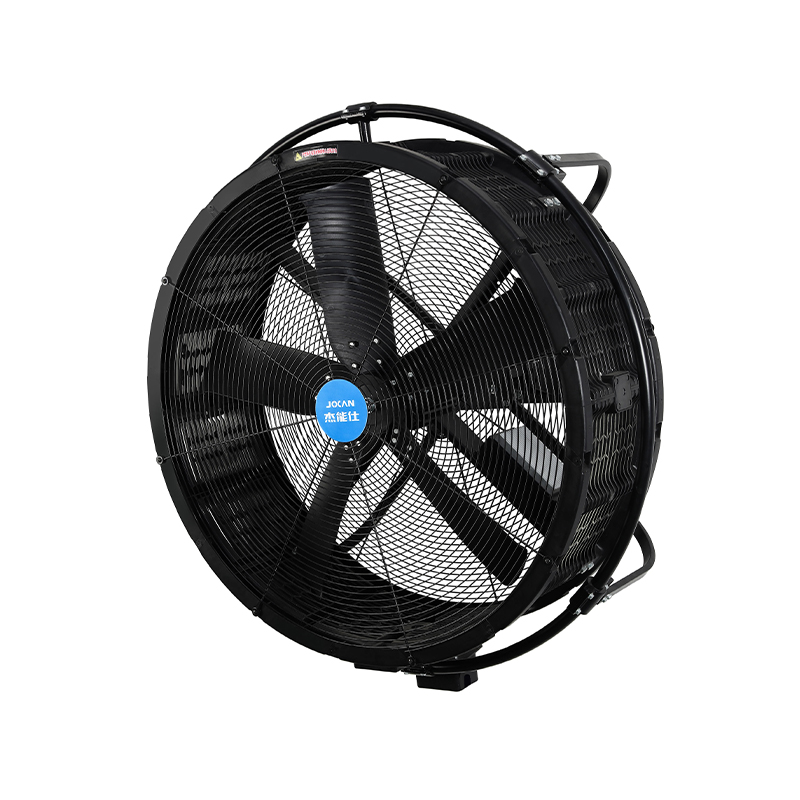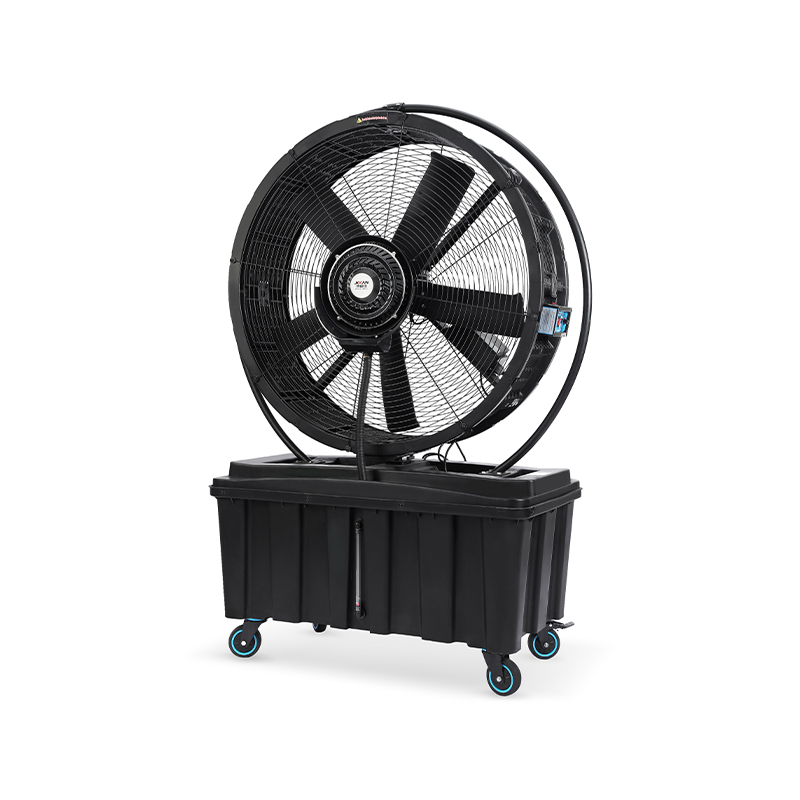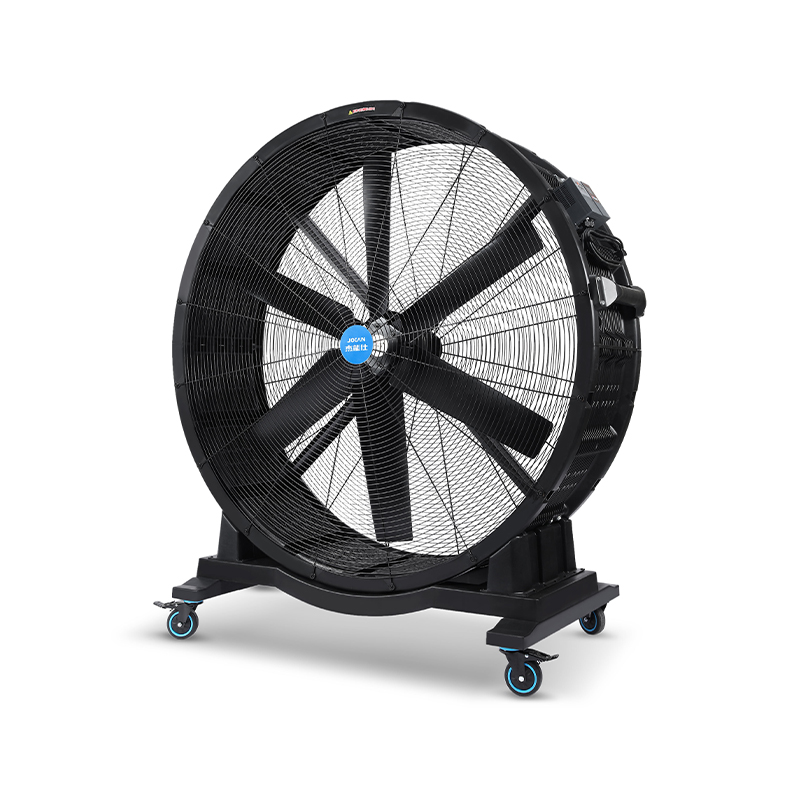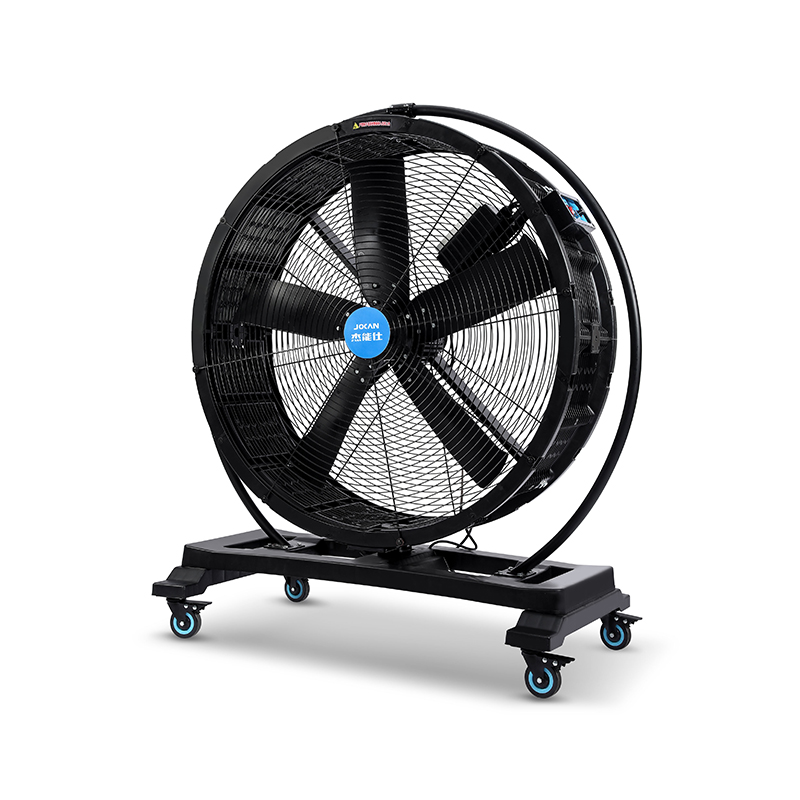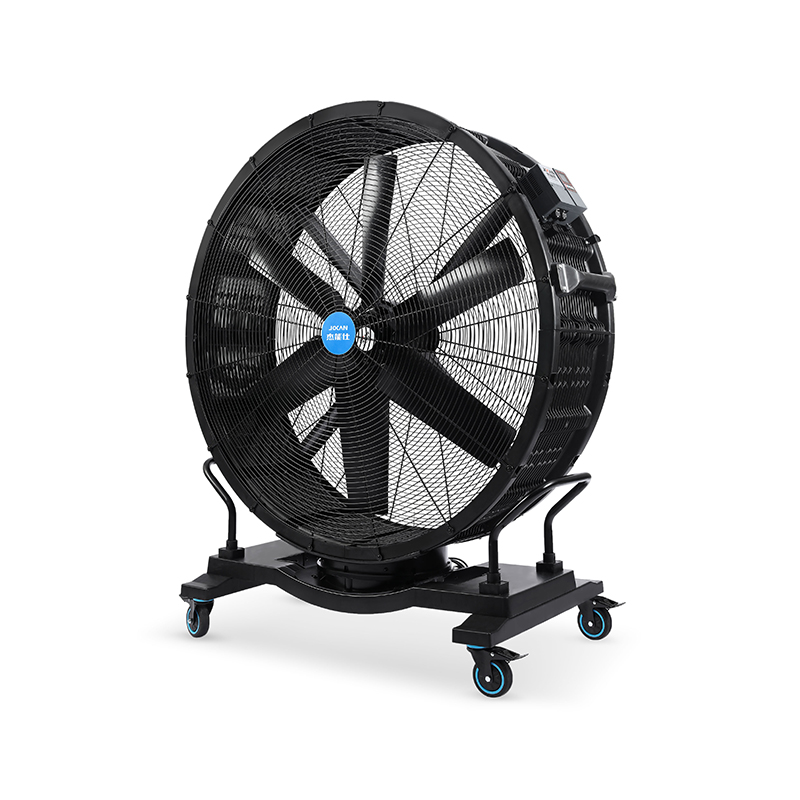An inline axial duct fan is a common choice in applications where air needs to be moved efficiently through ductwork. These fans are designed to fit within the duct itself, allowing for streamlined airflow without taking up additional floor or ceiling space. By customizing the size of an inline axial duct fan, manufacturers can ensure it fits ideally within the dimensions of the existing duct system. This prevents airflow loss and reduces noise caused by turbulence or poorly matched components. Having the right size inline axial duct fan also contributes to energy savings by reducing resistance and ensuring smooth operation.
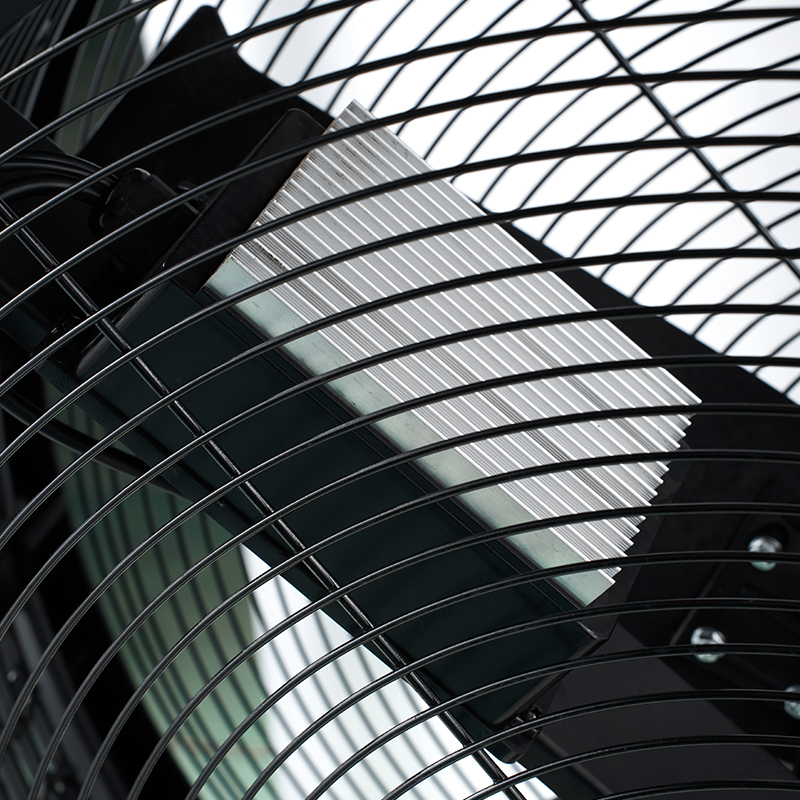
Large industrial cooling fans, on the other hand, are often used in open or semi-enclosed spaces where significant volumes of air must be moved to maintain a comfortable and safe working environment. These fans can vary widely in diameter, blade design, and motor power. Custom sizing allows these large industrial cooling fans to be tailored to the unique demands of a facility—whether it's a manufacturing plant, warehouse, or processing center. A fan that is too small may fail to provide adequate airflow, while one that is too large could create excessive noise or airflow disturbances. Properly sized large industrial cooling fans strike a balance, delivering effective cooling without unnecessary energy consumption.
Commercial industrial ceiling fans offer yet another versatile option for ventilating large indoor areas. Unlike inline axial duct fans that operate within ducts or large industrial cooling fans that may be floor- or wall-mounted, commercial industrial ceiling fans are suspended from ceilings and designed to circulate air broadly across the floor below. These fans are often seen in retail spaces, factories, and gymnasiums. Custom sizes ensure that commercial industrial ceiling fans can fit the architectural and operational requirements of a building. Ceiling height, room width, and specific airflow needs all influence the size choice. By selecting custom commercial industrial ceiling fans, facility managers can enhance air movement effectively while maintaining a visually balanced interior.
One of the main advantages of custom fan sizing is the ability to optimize airflow precisely for the environment. Whether it's an inline axial duct fan installed in a ventilation system or large industrial cooling fans placed strategically throughout a facility, each fan can be designed to handle the specific volume of air required. This tailored approach helps avoid common issues like hot spots, stagnant air, or excessive drafts. When a fan matches the space and application, it contributes to a healthier environment for workers and improved performance of temperature-sensitive equipment.
Additionally, customized fans often bring benefits in terms of installation and maintenance. Inline axial duct fans with custom dimensions fit snugly into existing duct layouts, reducing the need for costly duct modifications. Large industrial cooling fans designed to specific size requirements can be easier to mount in available spaces and may require fewer structural adjustments. Similarly, commercial industrial ceiling fans sized appropriately for the space can be installed with less complexity and fewer supports, simplifying the process and reducing downtime.
Energy efficiency is another key consideration. Fans that are too large for their intended space may cycle on and off frequently or use more power than necessary, while undersized fans may run continuously at high speeds trying to meet demand. Custom fan sizes help find the right balance, allowing fans to run at good speeds for airflow requirements. This not only reduces electricity bills but also lessens wear and tear on motors, potentially extending the lifespan of the fans.
Customization also extends to materials and additional features. For instance, an inline axial duct fan designed for a chemical processing plant might require corrosion-resistant coatings or specialized blade materials. Large industrial cooling fans in dusty environments may benefit from sealed motors or protective grills. Commercial industrial ceiling fans in food production facilities might need easy-to-clean surfaces. By choosing custom sizes and specifications, businesses can ensure their fans meet both size and functional requirements.
 Add: Plot 23, Huanglang Industrial Zone, Jinqing Town, Luqiao District, Taizhou City, Zhejiang Province
Add: Plot 23, Huanglang Industrial Zone, Jinqing Town, Luqiao District, Taizhou City, Zhejiang Province
 TEL: +86-13586083215
TEL: +86-13586083215

 English
English English
English عربى
عربى 한국어
한국어


